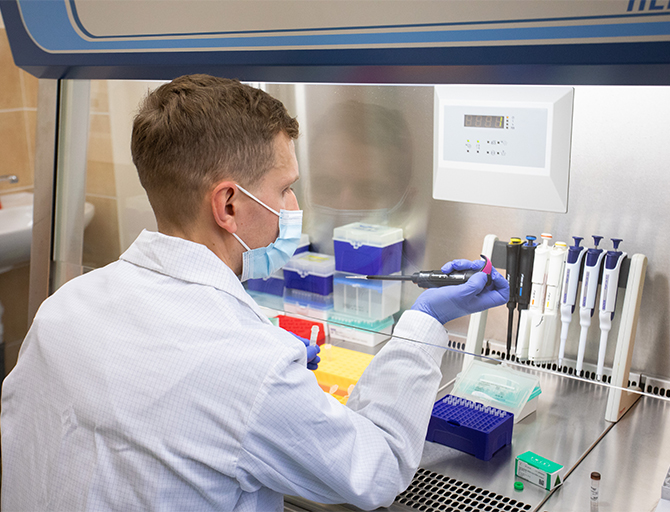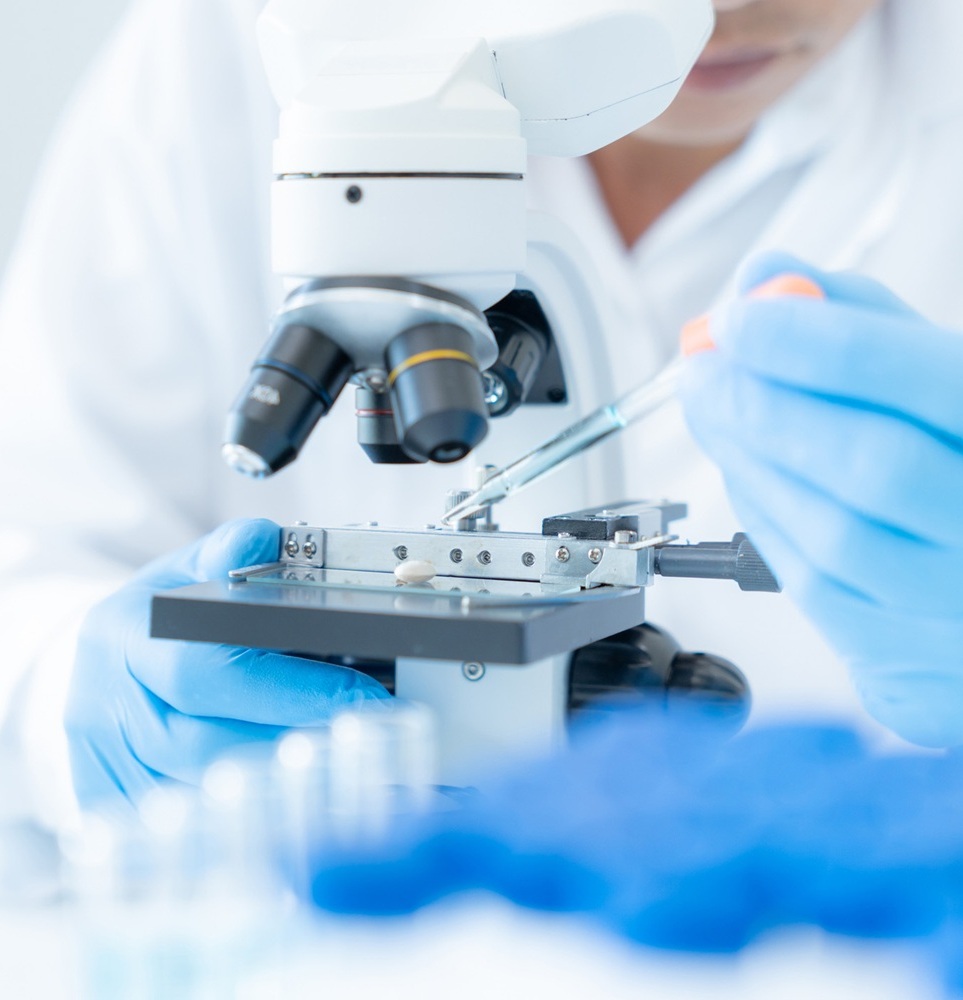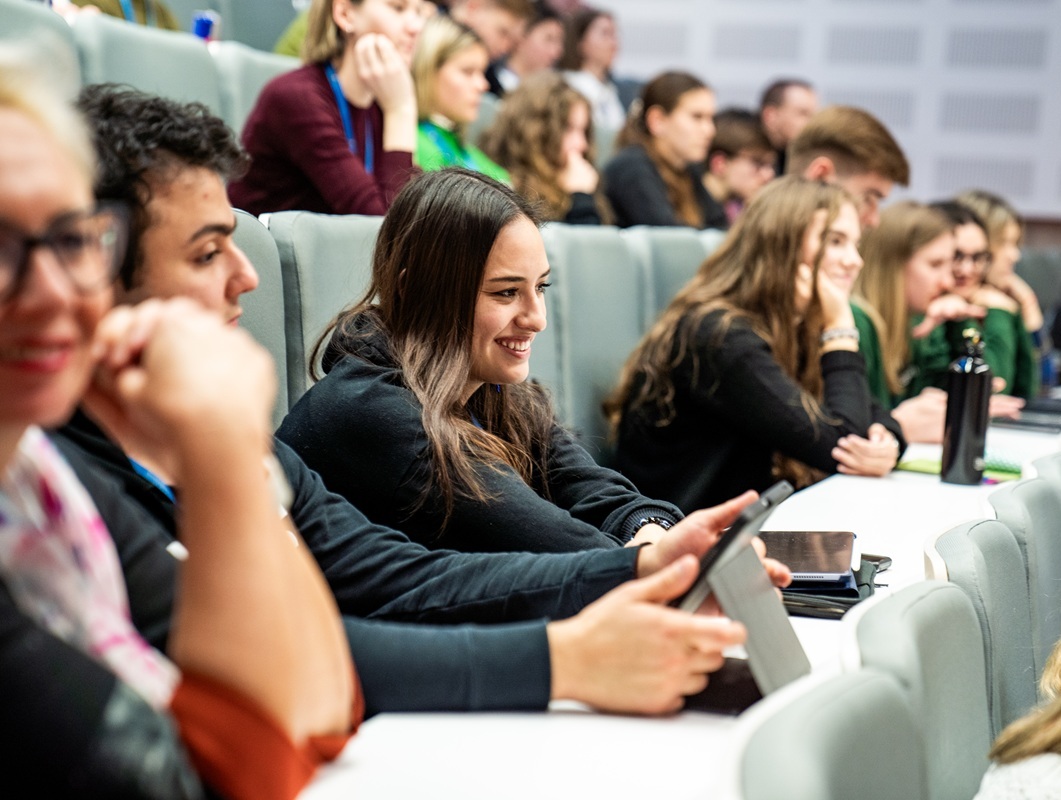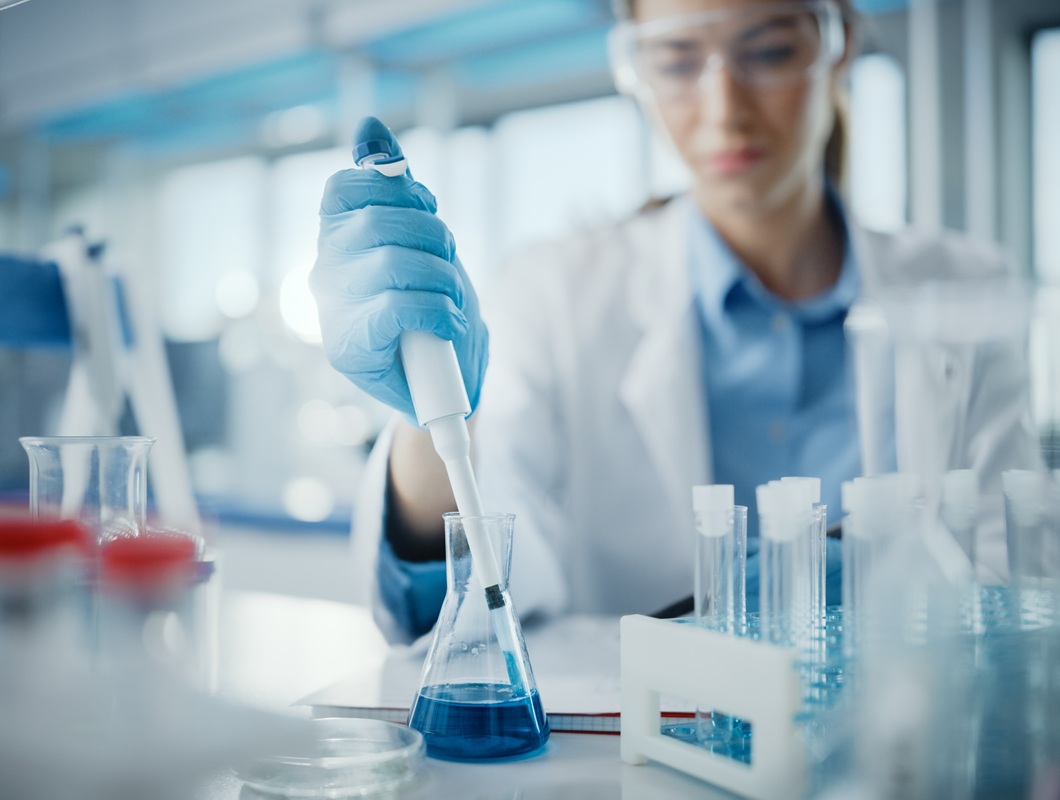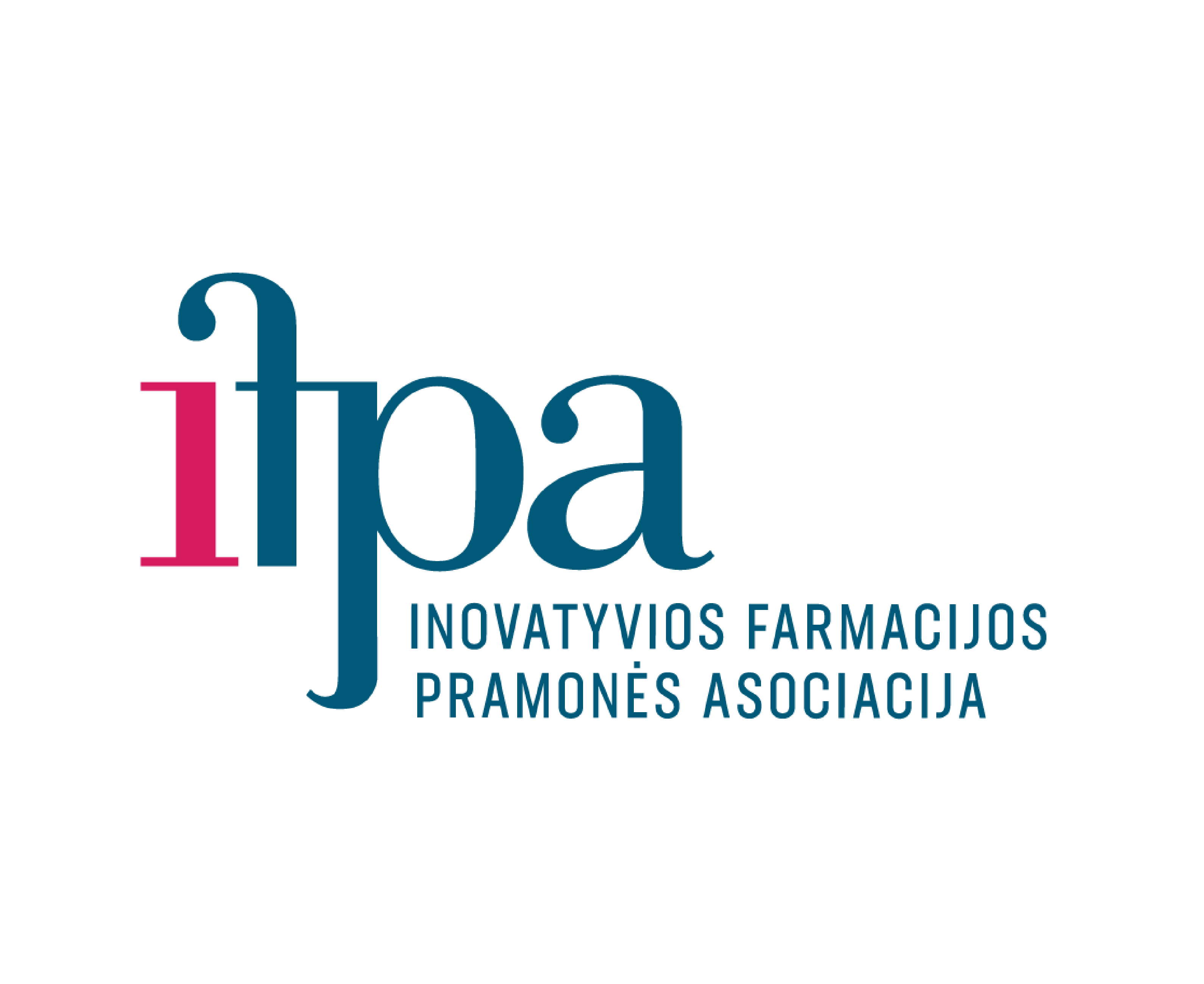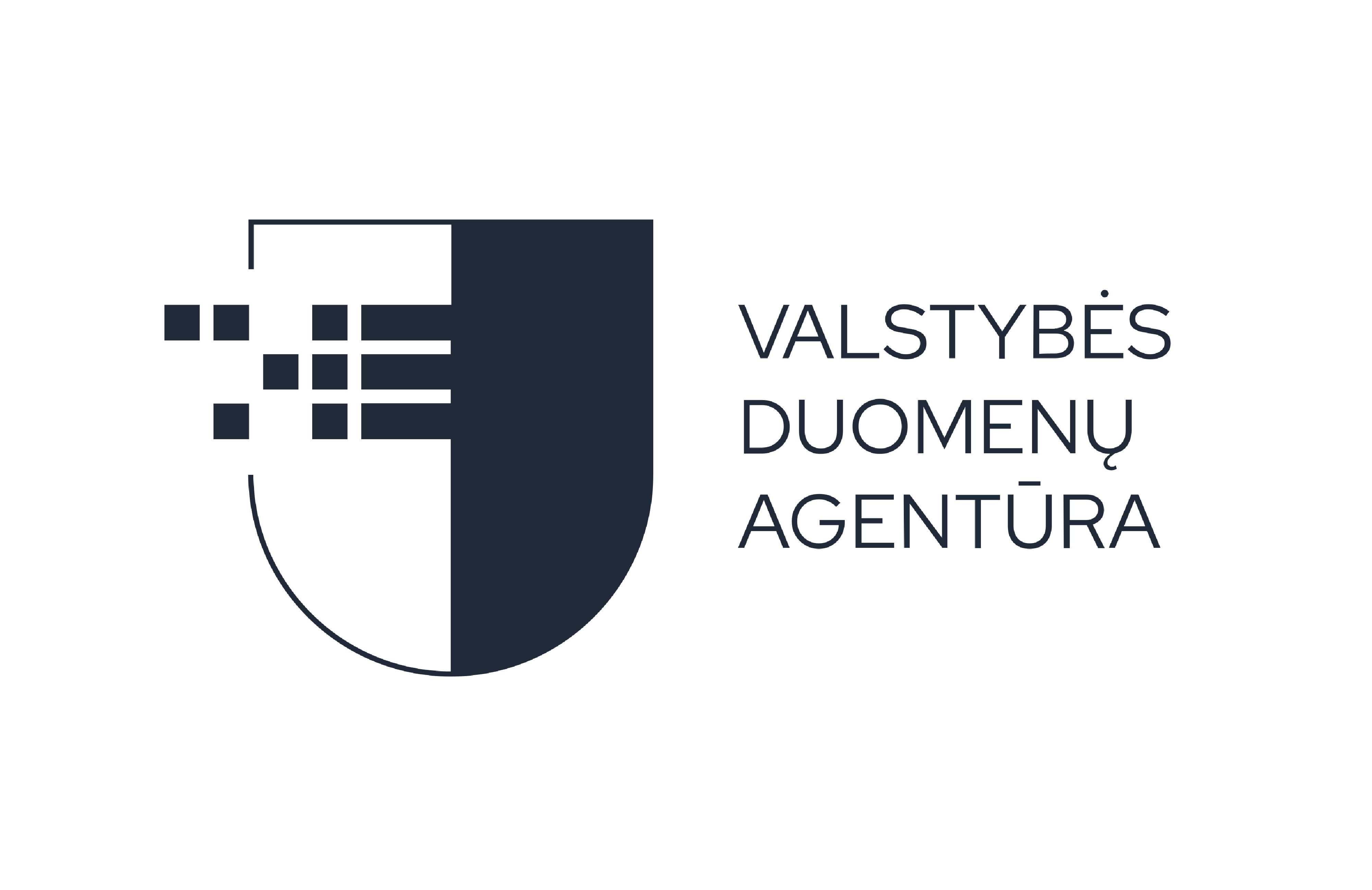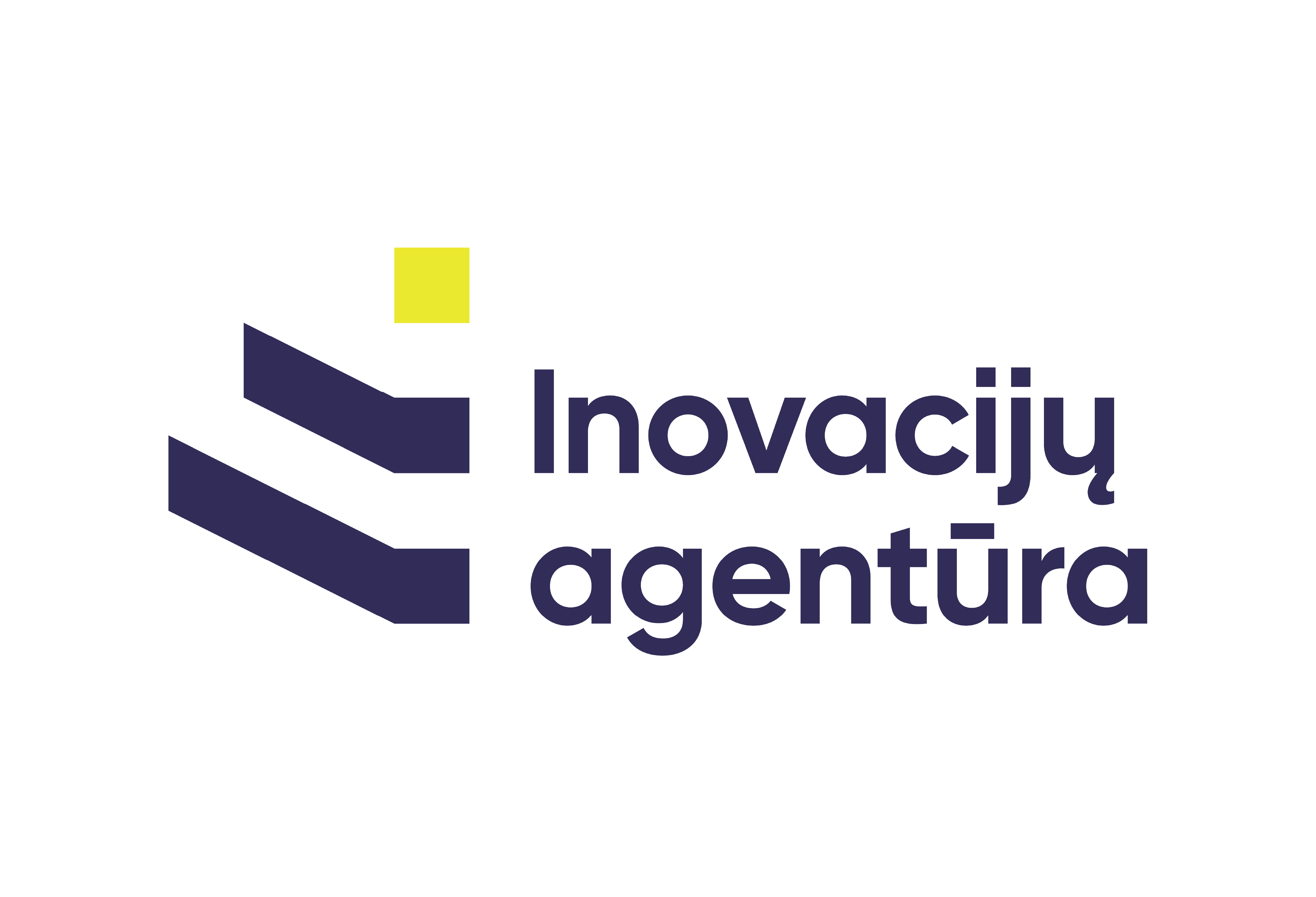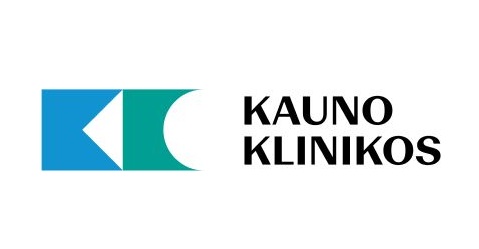University Infrastructure
- 4 research institutes and 9 faculty-based institutes conduct fundamental, clinical, and applied research.
- LSMU is the founder of two integrated science, study, and business centres – the Santaka and Nemunas valleys.
- The LSMU Veterinary Academy houses the Biological Research Centre, modernised laboratories, and the Vivarium.
- LSMU provides a full range of services – from pre-clinical to clinical research.
- Practical training and experimental development centres, as well as testing facilities, create the conditions for conducting research and developing innovations in animal husbandry.
Incubation programme
Bring your innovative idea to life in the health sector. The programme is aimed at LSMU students and staff. Participants receive expert consultations, practical training, access to resources, and opportunities to attract funding.
Services and equipment
Make use of modern scientific infrastructure. The Open Access Centre offers laboratories, research equipment, and scientific services – either independently or with the support of our experts. This is an opportunity for businesses and researchers to accelerate R&D activities.
Patents and intellectual property
Protect your idea and bring it to market. The LSMU Innovation Centre helps assess the patentability of inventions, manage intellectual property registration, and prepare for commercialisation.
Entrepreneurship development
From idea to real business. We provide consultancy on innovative product development, business model creation, and funding opportunities. We organise events and training to help you find partners and expand your network.
Partnerships
The Lithuanian University of Health Sciences (LSMU) is an active member of integrated science, study, and business centres – known as valleys. LSMU is part of the Nemunas and Santaka valleys, which bring together advanced research centres, business partners, and the academic community. The activities of the valleys are focused on strengthening research and experimental development (R&D) infrastructure, and making it accessible to business, researchers, and society.
LSMU collaborates closely with various partners who strengthen the health innovation ecosystem.
